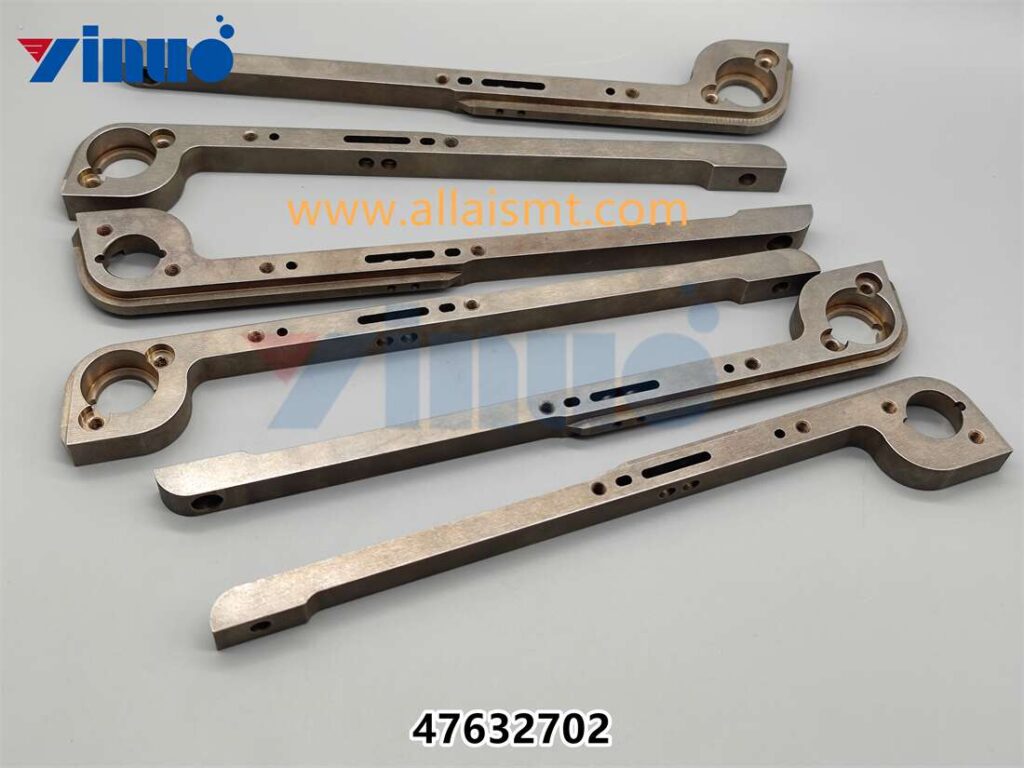PCB assembly technology of medical equipment has reshaped our world in many ways, but the most important influence is on-site medical treatment. Diagnosis is the most critical aspect, and electronic medical equipment may be helping it. There are many machines related to the medical field on the market. X-ray, CT scanner, ultrasound, medical image and MRI are all part of it. It doesn’t end here, with treatment, life support, monitoring, treatment and laboratory equipment; Or a medical wearable PCB device. In order to achieve the goal of producing the best products in the field of medical engineering, specific steps are needed. It begins with concept, research on circuit design, printed circuit design, packaging, prototype design, design review, manufacturing setup and quality assurance. Circuit design, packaging and prototype design are the most important parts. PCBA stands for printed circuit board assembly. Because a component is attached, it is called a component. The printed circuit board is a green chip on which components are assembled. Medical equipment PCB assembly is a printed circuit board specially designed for related medical equipment.
Medical equipment PCB manufacturing
Manufacturing is another important step towards product completion. After designing the circuit, the next step is to make it into a product shape. It is necessary to prototype the product to evaluate the results. Medical PCB manufacturing is one of the last steps that the final product must be sold in the market. It is worth noting that medical PCB manufacturers should know enough about the design of the final product. Medical devices have some strict requirements on the size of final products. Besides size, there are other special requirements, such as fluid resistance. An interesting example here is a pacemaker. It must be installed in the human body. The design of PCB for medical devices should be unique for these applications.
Biological equipment is destined to bring us a promising future. It enriches our way of life. Every year, we encounter hundreds of new devices. With the emergence of medical wearable PCB equipment and its 18% growth, it is very important to PCB design industry every year. The U.S. market will only exceed $8 billion in 2018. Whether you are developing fitness equipment, health diagnosis equipment or automatic treatment equipment, making medical wearable PCB equipment suitable for human body is a unique challenge every time. These devices must be strong for a period of time. But for some specific applications, it must be waterproof. Scale is still an important part of innovation and progress in the electronics industry. Multi-layer PCB really improves the product results. When it comes to the size of the final product, the main factor that determines the optimal space is PCB design.
The future of medical engineering will greatly change the industrial demand of PCB industry. Electronic equipment is designed to meet the requirements of the medical industry. Both diagnosis and laboratory equipment are part of our common needs. Some medical devices are the source of life support for millions of people around the world. A specific example of life support equipment is dialysis equipment; Many patients survive by using it. There are eight different steps in designing PCB or any electronic product of medical equipment. The most important steps are circuit design and PCB assembly. Medical PCB assembly is the process of adding components to printed circuit boards to design devices, which is another step of product design in manufacturing. Biomedicine is considered as one of the emerging approaches in the future, with US$ 8 billion alone. Wearable devices have become very popular in the past few years, and it has challenged PCB manufacturers in production optimization and small design. The requirements of medical equipment are not limited to small-scale design. Certain applications require a PCB that is robust and fluid-resistant. Finally, the manufacture of PCB for medical equipment occupies an important part of the electronics and PCB assembly industry.

